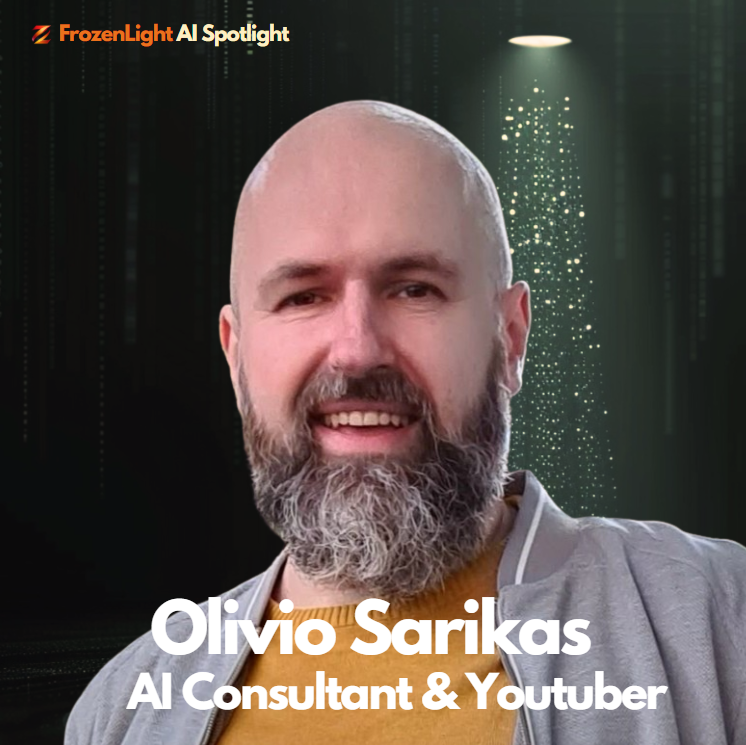Since June 24, thousands of Facebook groups have disappeared. Parenting groups, pet pages, gaming forums, even baby-naming clubs - gone.
Admins are waking up to messages about “terrorism,” “nudity,” or “community violations”... but the content?
Totally normal.
So what happened?
What Meta Is Saying
Meta admitted this wasn’t user error - it was theirs.
“Some groups were removed incorrectly due to a technical issue. We’re working to restore affected groups as quickly as possible.”
– Meta Spokesperson, via TechCrunch
This looks like another AI moderation failure - groups falsely flagged and banned at scale. The affected communities range from small neighborhood groups to communities with hundreds of thousands of members.
What That Means (In Human Words)
Facebook uses AI to scan for violations - and it messed up.
Badly.
The system likely confused normal group activity with rule-breaking content (or got overwhelmed by mass reports from bots). Once flagged, entire groups were taken offline.
Admins trying to appeal?
Many were instantly denied or locked out completely.
This wasn’t targeted.
It was systemic.
And right now, Meta’s fix seems to be: wait and hope it rolls back.
Let’s Connect the Dots
|
What Happened |
What You Should Know |
|
Mass group shutdowns began around June 24 |
Mostly hit Southeast Asia, North America, and parenting/gaming communities |
|
Reason for removal: vague or false (e.g., terrorism, nudity) |
Not based on actual group content |
|
Meta says it was a bug |
Likely caused by AI moderation logic or bot-driven false reporting |
|
Appeals mostly fail |
Some admins are locked out completely after appealing |
|
Meta is working on a fix |
But no confirmed timeline for full recovery |
What Could Cause an AI Moderation System to Do a False Positive?
It seems like we all agree this is an AI issue, even Meta , so the real question is:
What are the most common reasons an algorithm wrongly flags something?
1. Bad Training Data
If Meta trained its moderation AI on examples that are too vague or biased, the system starts overreacting.
For example, it might learn that posts with certain keywords or emojis are always dangerous - even when they’re not.
Example: Someone writes “Let’s bomb this party 🎉” in a fun way.
The AI sees the word “bomb” and triggers a terrorism alert.
2. Too Much Trust in Pattern-Matching
AI doesn’t understand meaning - it matches patterns.
So if a post looks statistically similar to a banned one (even if it isn’t), the system might flag it.
Think of it like:
"This post is 87% similar to something banned = must be bad."
No room for context.
3. Context Blindness
AI can’t really “read the room.”
A comment in one group might be harmless - but in another setting, it might get flagged.
Most moderation AIs can’t tell the difference.
“Send nudes” in a meme group = joke.
“Send nudes” in a kids’ group = major violation.
AI sees both the same.
4. Mass Reporting by Bots or Trolls
Sometimes, malicious users or bot networks spam-report a group.
Even if the content is clean, enough reports can trick the AI into thinking there’s a real threat.
The AI isn't evaluating the content.
It's reacting to the number of reports.
5. Overconfident Auto-Actions
Some platforms let the AI act without human review - especially at scale.
That’s faster… but it also means one mistake = entire group removed, no questions asked.
Meta is likely using automation to act before humans review.
6. Broken or Misfiring Rules
AI moderation works based on rules + machine learning guesses.
If one part of the system updates incorrectly (like a model upgrade or new filter rollout), it can create a wave of false positives without warning.
Meta Policy & Restoration Process
A lot of people’s hard work got hit - so we took the liberty of digging in and finding everything you need to know about Meta’s policy and group restoration:
Appeal Window
Admins have 30 days to appeal if Facebook disables a group for violating Community Standards. If your appeal is accepted, the group should be restored
Automatic Restores
-
If Meta acknowledges a mistake, your group will be restored, sometimes even without an appeal
-
For this recent wave of suspensions, many admins report that just waiting quietly (24–72 hours) often triggers a self-restore, especially if it's recognized as a bug
⏱️ Response Times Observed
-
Most admins report restoration within 24–72 hours after removal-without any action except waiting .
-
Formal confirmation from Meta may arrive later via email or in-app notification.
When It Doesn’t Restore
-
If a violation is deemed valid, your appeal may be denied and restoration won’t occur
-
If the group was truly deleted (versus suspended), you may not be able to recover it-and might have to create a new one
Best Steps for Affected Admins
-
Do nothing for 24–72 hours after suspension - avoid posting or appealing immediately.
-
If still inaccessible after 3 days, submit an appeal through Facebook Help.
-
Keep an eye on your email and Facebook notifications.
-
If the group is gone permanently, consider starting a new one and migrating members.
Bottom Line
If your group disappeared, you’re not alone - and you probably didn’t do anything wrong.
Here’s what to do:
-
Don’t rush to appeal - many reports say that makes it worse.
-
Wait 24–72 hours while Meta sorts the fix.
-
Keep your community updated on other platforms (WhatsApp, Instagram, or even email).
-
If your group comes back, take screenshots of important content.
You never know when it might vanish again.
This is what happens when AI moderation moves faster than human logic.
🧠 From Thoughts to Prompt
Training and information are critical to every AI algorithm - and that includes the assistant you’re working with right now.
The Meta story shows what happens when AI makes decisions without the right context or feedback.
But this isn’t just about Meta. It’s about how we work with AI every day.
To help you improve your own AI workflows, we created a prompt you can copy and paste into your assistant.
It will tell you what it's missing - so you can guide it better.
Prompt to Paste:
Based on the task we're working on right now, analyse your performance and tell me what training, examples, or information you need from me to improve accuracy, tone, and relevance.
Be specific - and take the lead on helping us work better together.
Frozen Light Team Perspective
This is a story of training, un-supervised AI, and some kind of beta testing taking place.
While we can’t confirm the second part, it’s not unheard of - testing in live environments is SaaS 101.
Some vendors have official programs for it. Some don’t tell you at all.
But the fact that this issue seems geographically limited supports our suspicion:
This was a small test group… and it went wrong.
When it comes to the first part, we have no doubt that the so-called “bug” is tied to training.
It highlights the ongoing tension we all face:
We don’t want to give information to help train AI systems -
but when the AI lacks proper training, we get false positives.
Here’s how that happens:
-
The tool becomes too sensitive
-
AI doesn’t understand context
-
Bad actors trick the system
-
And there’s no human checking the result
In Meta’s case, it looks like:
-
A moderation update
-
Possibly paired with mass bot reports
-
No real ability to separate truth from noise
-
And an automated removal system with no human filter
The result?
Entire groups wiped - with no real violations.
And no one there to say:
“Wait, that’s a parenting group. Not a terrorist cell.”
This is where impact and accountability need to play a role.
It starts with:
-
Transparency, so people can trust the process
-
A proper Failover Plan - because we always need a way to undo damage
We hope users get their groups back in full.
But if not, vendors should understand how deep the impact goes -
and build safeguards that respect people’s time and effort.
Meta’s story isn’t different from other “bugs” we’ve seen in AI.
Just yesterday, we wrote about Midjourney’s V1 release and the wave of frustration over copyright issues.
In that case, people didn’t lose groups - but they did lose time trying to figure out why the model refused to generate their images.
The message we want to leave you with is this:
Whether you call it training or data, it matters.
From your personal AI project to the largest vendor models - this is the core of it all.
We don’t know how this will play out.
There are forces pulling in opposite directions:
We don’t want to give data.
AI needs it.
But we do know this:
We all want AI to serve its purpose.
Which means - we’ll find a solution.
And it has to be one that works for everyone.










